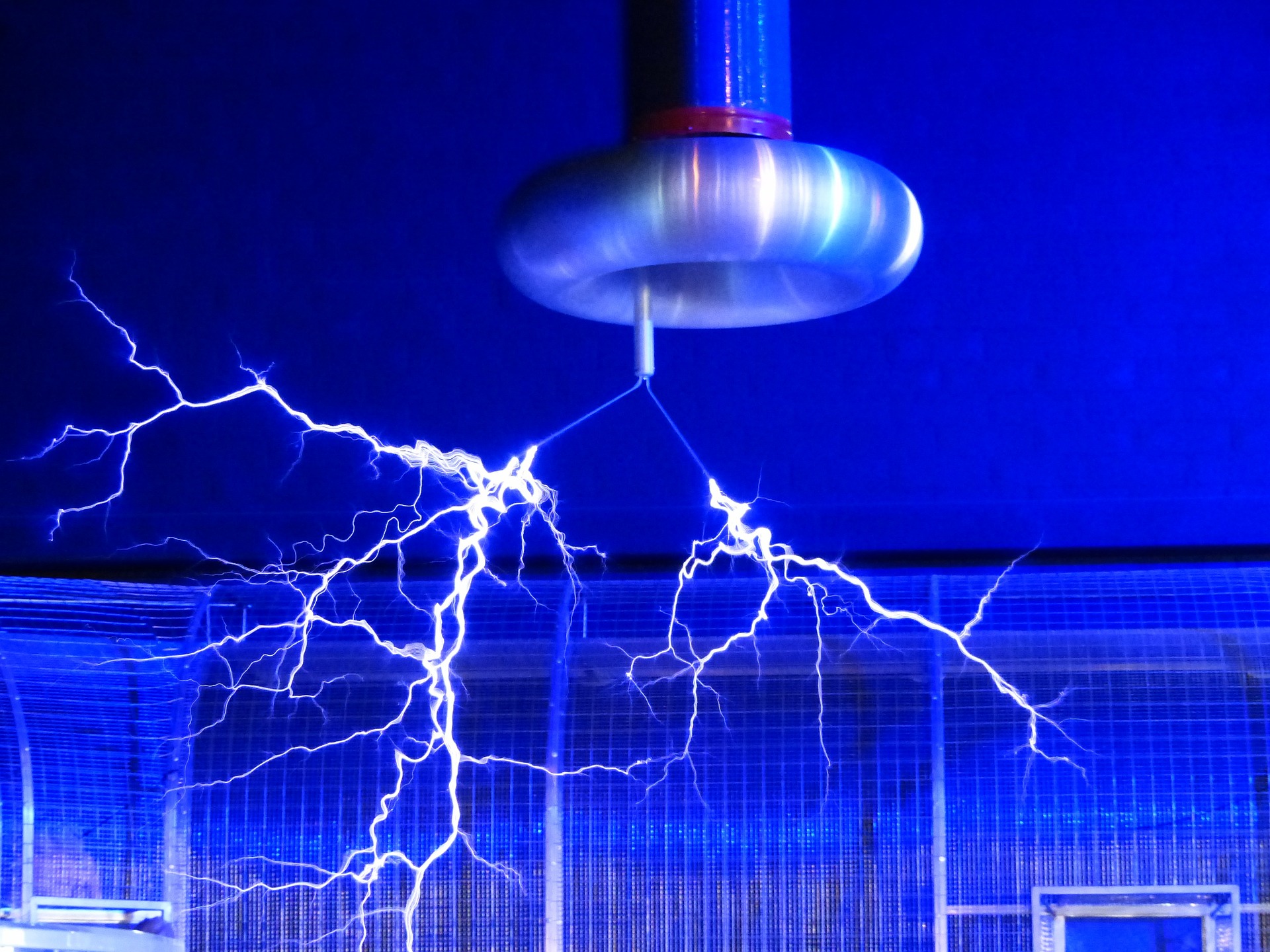China is a developing country and the iron and steel industry, as a pillar industry for Chinese economic development, has grown rapidly along with the national economy. The average annual growth rate of crude steel production was around 18% between 2000 and 2010. China’s steel production in 2014 consumed around 580 TWh of electricity and 18,013 PJ of fuel (NBS 2015a).
The promotion and application of energy-saving technologies has become an important step for increasing energy efficiency and reducing energy consumption of steel enterprises, especially during the 11th Five Year Plan (FYP) (2006-2010) and 12th FYP (2011-2015). During this time, energy-efficiency technologies adopted in China’s steel industry included: Coke Dry Quenching (CDQ), Top-pressure Recovery Turbine (TRT), recycling converter gas, continuous casting, slab hot charging and hot delivery, Coal Moisture Control (CMC), and recycling waste heat from sintering. The penetration level of energy-efficiency technologies in the steel industry has improved greatly in China, improving its energy efficiency and emissions reductions (Hasanbeigi et al. 2011).
Couple of years ago, my colleagues and I conducted a study that aimed to analyze influential factors that affected the energy use of steel industry in the past in order to quantify the likely effect of those factors in the future. For the first time, we developed a decomposition analysis method that can be used for the steel industry to analyze the effect of different factors including structural change on energy use of the steel industry.
The factors we analyzed were:
Activity: Represents the total crude steel production.
Structure: Represents the activity share of each process route (Blast Furnace/Basic Oxygen Furnace (BF-BOF) or Electric Arc Furnace (EAF) route).
Pig iron ratio: The ratio of pig iron used as feedstock in each process route. This is especially important for the EAF process because the higher the pig iron ratio in the feedstock of the EAF, the higher the energy intensity of EAF steel production.
Energy intensity: Represents energy use per ton of crude steel
In that study, a bottom-up analysis of the energy use of key medium- and large-sized Chinese steel enterprises (which account for around 85% of steel production in China) was performed using data at the process level. Both retrospective and prospective analyses were conducted in order to assess the impact of factors that influence the energy use of the steel industry in the past and estimate the likely impact in the future up to 2030.
Three scenarios were developed as follows:
o Scenario 1: Low scrap usage: the share of EAF steel production grows slower and the pig iron feed ratio in EAF drops slower than other scenarios
o Scenario 2: Medium scrap usage: the rate of growth in the share of EAF steel production and the drop in the pig iron feed ratio in EAF production is medium (between scenario 1 and 3)
o Scenario 3: High scrap usage: the share of EAF steel production grows faster and the pig iron feed ratio in EAF production drops faster than other scenarios.
Figure 2 shows the energy intensities calculated for different steel production route up 2030

















